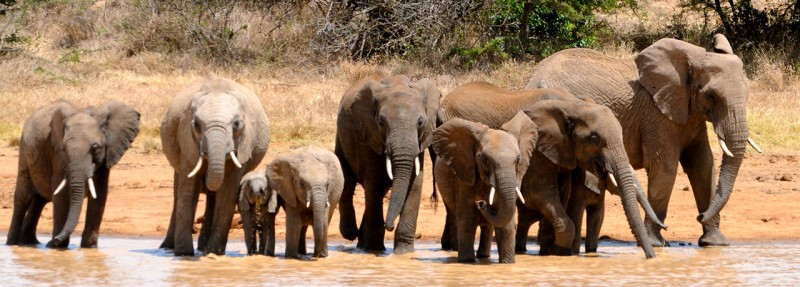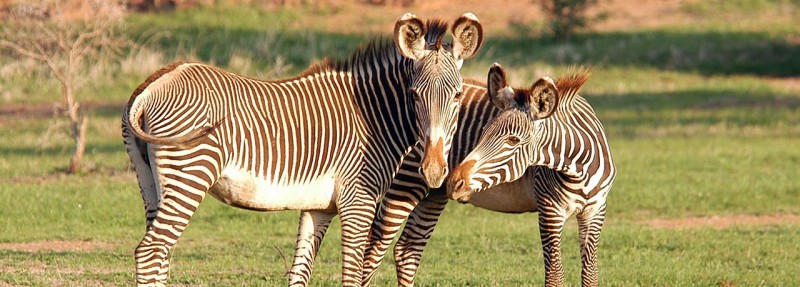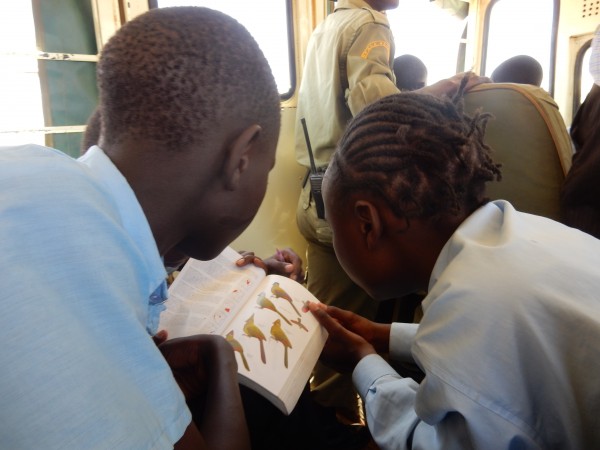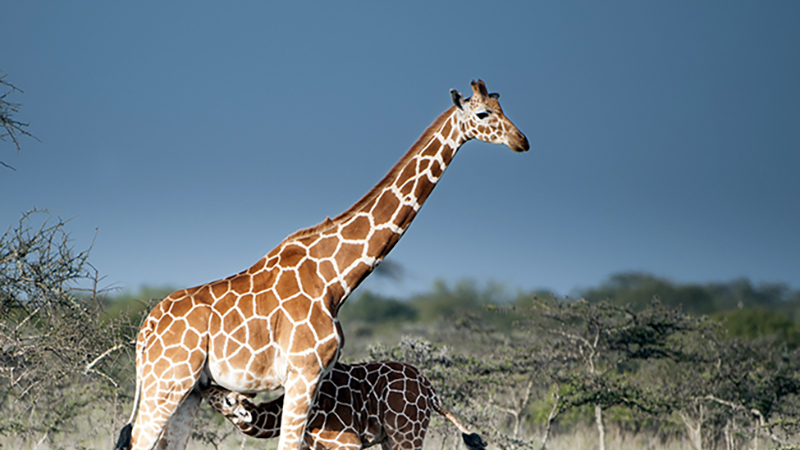It’s been a busy time at Mpala, the home of African wildlife. If Anne, Evelyn and Fred, the resident camera operators at MpalaLive, are not showing a visiting class–most recently 30 pupils from Ol Jogi Primary school–how the four live cameras on Explore.org work, they are busy logging extraordinary moments for millions around the world. On the other side of the 48,000 acres that Mpala Research Centre sits on, Kaia Tombak, a researcher from Princeton University, is collecting data to establish the ecological reasons behind species differences in social behaviour between the plains zebra and the territorial endangered Grevy’s zebra. In another section of the expansive rangeland, Dr. Matthew Mutinda of the Kenya Wildlife Service (KWS) is treating an elephant that escaped a poacher’s snare and found its way into a safe haven: Mpala.

This conservation success story in the heart of Laikipia is told every day to the world through a live cameras project situated and focused on a bend along the Ewaso Ng’iro River. Thanks to Explore.org, the facility has been broadcasting since 2014.
The setup excites, educates and delights viewers with Mpala’s natural wonders in the hope of channelling their passions into conservation efforts. Mpala is home to some of Earth’s most critically endangered animals including the African wild dog, elephants, reticulated giraffes and the Grevy’s zebra. The Grevy’s zebra is the largest and rarest zebra species on the planet–90% of the remaining population in the whole world is only found here in Kenya.

The three resident camera operators are supported by many volunteers from all over the world. They track animals as seen on the four live cameras. The operators highlight and capture the best moments with which Explore.org enriches daily experiences for thousands watching across the globe.
The cameras in the wild form the core of the Mpala’s education outreach program, the MpalaLive! project, aimed at empowering viewers with facts about the animals of East Africa as well as the natural world around them. Detailed descriptions, illustrations and video are part of the interactive field guide on the mpalalive.org that provides exhaustive information on 88 species viewable on the live cameras.

Stories from the Bush features short documentaries and live chats showcasing Mpala researchers and others as they explore and document unique animal behaviour. Students learn more about exciting scientific field research and interact with experts via live chat or email. Teachers and students deepen their experience with the natural environment via downloadable lesson plans, worksheets, and classroom activities.
So, this is a typical day here at Mpala where we hope our work will protect the wild citizens that roam our bush and inspire a new generation of conservationists.
Peace,
Victor Kasii @mpalalive



